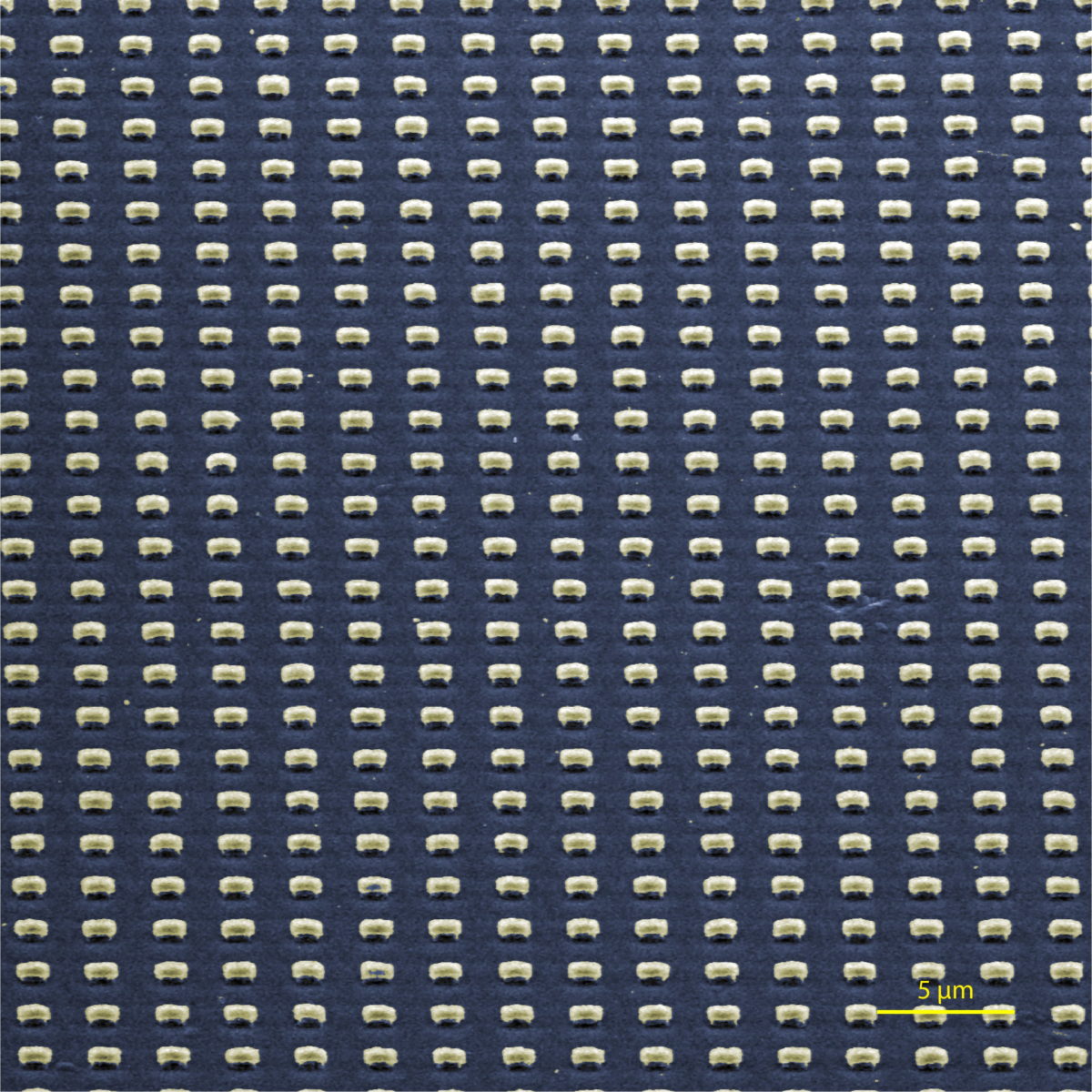Waste heat is a hot topic among PV researchers since harnessing it could greatly increase the output and operational lifetime of solar systems.
There is broad scope for solutions to the challenge, including sophisticated cooling systems, thermoelectric generation and hybrid systems, which take the heat away and use it for other purposes. The latest suggestion, by scientists at Rice University in Texas, involves using carbon nanotubes to convert waste heat into light which could then be converted to electricity in a solar cell.
“Any hot surface emits light as thermal radiation,” said Gururaj Naik, assistant professor of electrical and computer engineering at Rice. “The problem is that thermal radiation is broadband while the conversion of light to electricity is efficient only if the emission is in a narrow band.”
Potentially huge leap in efficiency
The team worked to create a device that could squeeze the photons emitted as heat into a narrower band that could be absorbed by a solar cell. The proof of concept device they developed is described in the paper Macroscopically Aligned Carbon Nanotubes as a Refractory Platform for Hyperbolic Thermal Emitters, published in the journal ACS Photonics.
The device uses a film of carbon nanotubes which electrons can only travel through in one direction and the researchers claim it could operate at temperatures of up to 700 degrees Celsius. The next step for the research will be to combine the ‘hyperbolic thermal emitter’ device with a solar cell.
“By squeezing all the wasted thermal energy into a small spectral region we can turn it into electricity very efficiently,” said Naik, “the theoretical prediction is that we can get 80% efficiency.”
This content is protected by copyright and may not be reused. If you want to cooperate with us and would like to reuse some of our content, please contact: editors@pv-magazine.com.




Neat, but I don’t see how this works in a practical device. Try this. Top layer: conventional solar cell. New backing layer: clever nanotubes. Bottom layer: second solar cell. Assume the nanotubes are as claimed 80% efficient in converting waste heat to light. The total efficiency is constrained by the solar cells, which are 25% light-to-electricity, so around 40% overall
My basic understanding is when this material is heated it converts the heat into a narrow spectral band of light. The idea here is you’d manufacture solar cells that were specifically tuned to this spectral band and then you’d combine the two devices to get these crazy 80% efficiencies. I suspect the US Navy would be very interested in this technology because it would allow their submarines to sneak around better.
But then it also seems like you could combine this technology with combustion to significantly increase the efficiency of coal/gas/oil to electricity. So no more combustion/steam turbines or reciprocating internal combustion engines. You’d just burn a fuel >> transfer heat to Hyperbolic Thermal Emitters >> Make light >> Convert light to electricity with PV >> power motors.
You’d also think this provides a pathway to thermal batteries. One interesting question would be… What if you could make this work at lower temperatures like 50 or 100 C vs. 700 C. So imagine this… You’ve got a tank full of 100 KWh of heat. You feed the heat to a Hyperbolic Thermal Emitter >> make light >> Convert light to electricity with PV >> power a heat pump to make 250 kWh of heat.
Perhaps I’m exaggerating what’s going on here (and I definitely think I am because this is way too good to be true) but if you really could use these Hyperbolic Thermal Emitters to extract energy from the atmosphere if would… AHEM… revolutionize a lot of stuff.
The possibilities are off the charts… Hyperbolic if you will.. here’s one… Imagine you’re Abu Dhabi… Let’s put aside that fact that they’d go bankrupt and turn into a Mad Max-esque warzone because there’d be far less demand for oil – oh the irony there… Anyways.. They could climate control their cities (as in outside spaces) and make electricity at the same time. You could actually make Bakersfield an OKish place to live.
A similar idea is shown at:
https://web.stanford.edu/group/gcep/cgi-bin/gcep-research/all/ultra-high-efficiency-thermophotovoltaic-solar-cells-using-metallic-photonic-crystals-as-intermediate-absorber-and-emitter/
For narrow band EM radiation, a PV cell can be 80% efficient. Couple this with a hot object that can only be cooled by a matching, narrow band EM radiation. Works well or melts.
According to the 2nd law of thermodynamics, the thermal energy conversion efficiency depends on its temperature relative to the environmental temperature, no matter what kind of means you take.
The means that you convert thermal energy into electric energy, of course, include the way that uses heat->light->electricity.
The low temperature, the low energy conversion efficiency. Therefore, from my understanding of the second thermodynamics law we can hardly conclude the way described in this research is practical. Otherwise, we have to rewrite the second law of thermodynamics if it is practical.
Awesome, In my opinion this could be workaround for global warming issue.
If this device can convert room temperature heat into light, then whatever heat held by green house gas capture it and either convert it into electricity or send it back to space, until we stop using fossil fuels. it’s not easy solution but it is doable
Hi Mark,
My request to you please write a follow up story as it’s been 3 years and we are eager to hear enhancements.
If global warming increased and sea level raised beyond tolerable level then everything gone, our earnings, our ancestors earnings, fossil fuel merchants earnings, Industries earning everything.
I don’t know how this tech impacts other industries but optical cable industry will get highest boost for ex., wood is burned in one place there it converted to light which carried entire building by optical cables
Thanks and Regards
Ajay K N